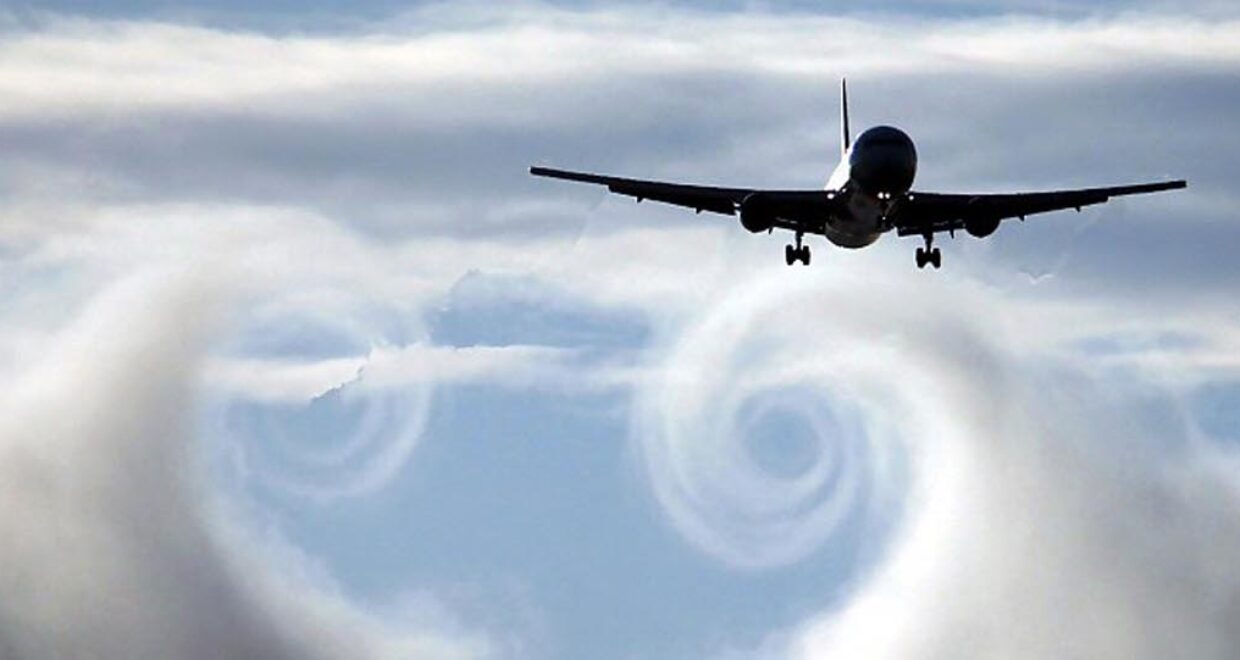Vortex Shedding and Induced Forces in Unsteady Flow
The Aeronautical Journal October 2024 Vol 128 No 1328

Vortices and shock waves are significant flow structures that often occur in both natural and artificial scenarios, such as bird flight, aircraft and wind energy, when a body interacts with the surrounding fluid in relative motion. Shock waves, which are not considered in the paper ‘Vortex Shedding and Induced Forces in Unsteady Flow’ that this blog post introduces, can only occur in flows where compressibility is significant, such as in supersonic flows.
In contrast, vortices can occur in all types of flow and are often regarded as fundamental elements of a flow field. Distributed vorticity is generated in the boundary layers which surround a body and is then shed into its wake region. Except at very low Reynolds numbers these layers are mainly thin and the vorticity in the flow is usually vanishingly small outside them so that potential flow solutions can give good approximations to many aspects of the flow and pressure fields.
In many flow conditions, and particularly in unsteady flow or body motion, instability initiates a local rolling up of these thin layers resulting in concentration of the vorticity into compact vortex structures, which shed from the body and then convect away with the flow.
Examples of vortices can be seen in the wakes of bluff bodies (e.g., bridge piers and high-rise buildings), the vortices rolling up above the leading edges of aerofoils at high angles of attack (e.g., in insect flight), and above the highly swept leading edges of slender wings at high angles of attack, where the vortices form near-streamwise structures trailing into the wake (e.g., in Concorde). Similarly, trailing vortices are shed from the tip regions of more moderately swept aircraft wings (e.g., in Airbus A220), from propellers, and from turbine rotor blades. Vortices are also shed into the wakes of flapping aerofoils and wings.
When a body sheds these concentrated vortex structures, significant forces associated with the rolling-up and shedding are generated on the body, which can sometimes be of the opposite sign to that expected. An example is the strong vortex development behind a rapidly deployed upper-surface wing spoiler intended to increase drag and lower the wing’s lift, but which initially increases the lift significantly before ultimately decreasing to the desired lower level.
The present survey paper looks at a number of these vortex generating situations particularly for unsteady incident flow or motion. Methods of predicting the forces associated with the generation of these vortices are discussed, including scaling and the quite widely used flow simulation discrete vortex method in which discrete vortex elements are tracked progressively in time. Impulse-based methods and elementary-based methods, especially the vortex force and moment map method, are discussed. Some applications are presented, along with comments on using this force method to predict forces on bodies from PIV measurements alone.
Efficient methods for computing the moment induced on multiple bodies by vorticity, whether as discrete vortices or distributed in the flow field, are expected to be developed. In many physical problems, such as roll damping, the moment is more significant than the force. Future analysis should broaden to include 3D and flexible bodies, particularly for Fluid-Structure Interaction (FSI) applications, to guide the design and optimization of future aircraft and energy systems.
“Vortex Shedding and Induced Forces in Unsteady Flow” by Michael Graham, Juan Li. This open access paper appears in The Aeronautical Journal.

The Royal Aeronautical Society is the world’s only professional body dedicated to the entire aerospace community. Established in 1866 to further the art, science and engineering of aeronautics, the Society has been at the forefront of developments ever since.
www.aerosociety.com | National Aerospace Library catalogue & e-books
Book reviews covering academic, scientific and technical books covering aeronautical engineering and topics relating to it can be found here: www.aerosociety.com/news-expertise/national-aerospace-library/book-reviews






